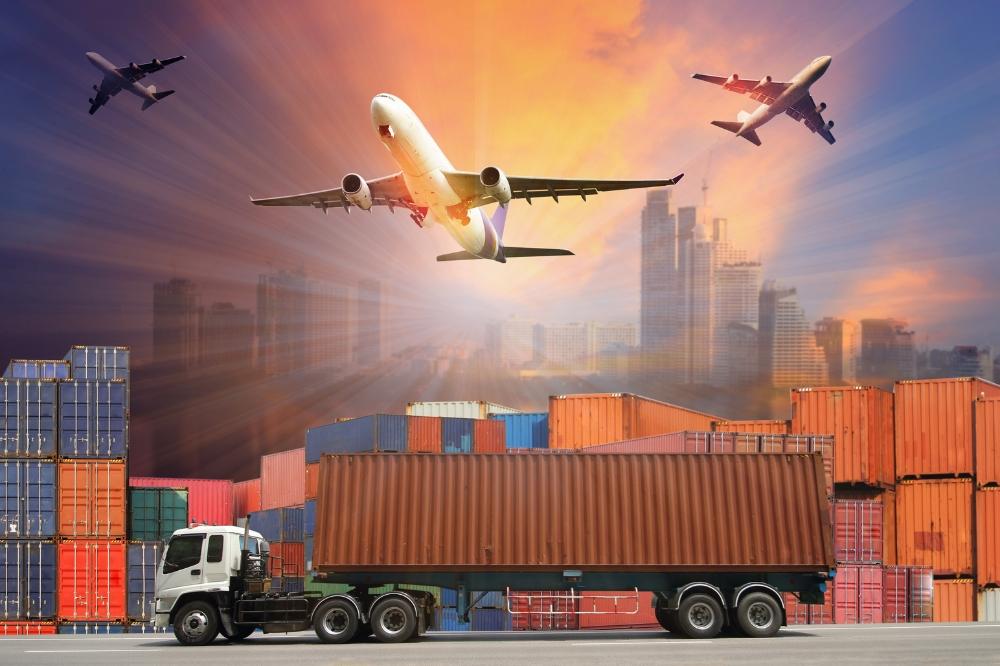Notifications

8 minutes, 49 seconds
-14 Views 0 Comments 0 Likes 0 Reviews

The rapid evolution of technology has reshaped almost every sector of global business, and logistics is no exception. Among the most transformative trends in recent years is the rise of smart warehouses—automated, data-driven storage facilities that leverage artificial intelligence (AI) and robotics to optimize operations. These smart systems are not just about efficiency; they are about adaptability, accuracy, and meeting the high expectations of today’s digital economy.
In this article, we explore how AI and robotics are revolutionizing warehouse operations, the benefits they bring, the challenges involved, and what the future holds for smart warehousing.
A smart warehouse uses advanced technologies like AI, robotics, machine learning, Internet of Things (IoT), and cloud computing to automate and streamline tasks such as inventory management, order picking, sorting, packaging, and shipment. Unlike traditional warehouses that depend heavily on manual labor, smart warehouses rely on real-time data and intelligent systems to make autonomous decisions and self-optimize operations.
AI plays a central role in smart warehousing by enabling systems to analyze massive volumes of data and make informed decisions. AI is used to:
Predict inventory demand using historical data
Optimize storage layouts and space utilization
Identify inefficiencies in workflows
Forecast equipment maintenance needs
AI-driven algorithms enhance decision-making and enable warehouses to respond quickly to changing market demands.
Robotic systems such as automated guided vehicles (AGVs), autonomous mobile robots (AMRs), and robotic arms are becoming common in smart warehouses. These robots can:
Navigate aisles to pick and place products
Move heavy goods with precision
Operate around the clock with minimal supervision
Robotics reduce human error, increase throughput, and lower labor costs, especially for repetitive or dangerous tasks.
IoT devices are used to collect real-time data across the warehouse environment. Sensors can monitor:
Temperature and humidity (for perishable goods)
Shelf weight (to detect stock levels)
Equipment performance (to schedule predictive maintenance)
This connectivity allows for real-time tracking, asset monitoring, and improved environmental control.
A WMS integrates all warehouse functions—from receiving and storing to picking, packing, and shipping. In a smart warehouse, the WMS connects with AI, robotics, and IoT to orchestrate seamless operations, assign tasks intelligently, and ensure accurate fulfillment.
AI and robotics reduce the time and effort required for manual tasks. Robots can sort, pick, and pack goods faster than human workers, while AI can continuously analyze data to refine processes and workflows.
By minimizing human error in inventory handling and order processing, smart warehouses significantly improve order accuracy. Barcode scanners, RFID, and vision systems ensure the right products are picked and shipped every time.
With IoT-enabled tracking, businesses can view inventory levels, locations, and movements in real time. This helps with:
Reducing stockouts or overstocking
Improving demand forecasting
Enhancing supply chain responsiveness
While the initial investment in smart warehousing technology may be high, the long-term savings from reduced labor, minimized errors, and lower energy consumption often result in a strong return on investment.
Smart warehouses can adapt to fluctuating demand, seasonal peaks, or new product lines more easily than traditional facilities. Robots and AI systems can be reprogrammed or reconfigured as needed, enabling businesses to scale operations quickly.
Despite the clear benefits, there are some challenges businesses must address:
Installing robotics, sensors, and AI systems can require significant capital. However, as technology becomes more accessible, prices are gradually decreasing, making smart warehousing more feasible even for mid-sized businesses.
Many companies already use legacy software and manual processes. Integrating smart systems with existing infrastructure can be complex and time-consuming without careful planning.
The shift to automation requires retraining employees to manage, maintain, and interact with new technologies. Companies must invest in reskilling and upskilling to prepare the workforce for new roles.
With more data being collected and transmitted, smart warehouses must implement robust cybersecurity measures to protect sensitive operational and customer information.
Smart warehouses are already being deployed by global leaders:
Amazon uses more than 500,000 robots in its fulfillment centers to optimize picking and packing.
Alibaba’s Cainiao Network operates fully automated warehouses with robotic arms and AI-enabled sorting systems.
DHL has integrated wearable tech and robotics in many of its facilities to improve employee productivity and accuracy.
These examples showcase how smart warehousing is driving operational excellence on a global scale.
When planning a smart warehouse, several factors must be considered:
Layout Optimization: Ensure enough space for robotic navigation and automation zones.
Power and Connectivity: Robust Wi-Fi, backup power, and cloud integration are essential.
Modular Technology: Choose systems that can scale or adapt as needs evolve.
Safety Measures: Implement clear guidelines and safety zones for human-robot interaction.
A well-thought-out design allows seamless interaction between humans and machines while maintaining safety and performance.
As technology continues to evolve, smart warehouses will become more autonomous, predictive, and connected. Future trends include:
AI-powered demand planning with dynamic inventory reordering
Digital twins to simulate warehouse operations for better planning
5G connectivity for ultra-fast communication between devices
Sustainable smart warehousing with energy-efficient robots and solar-powered facilities
These advancements will make warehouse operations even more resilient, sustainable, and aligned with the needs of modern supply chains.
The integration of AI and robotics in warehouse operations is no longer a futuristic concept—it is a present-day reality that’s redefining logistics. Smart warehouses offer greater speed, accuracy, and flexibility, allowing businesses to meet the ever-increasing demands of e-commerce and global trade.
While implementation comes with its challenges, the long-term benefits of smart warehousing—from cost savings to improved customer service—are undeniable. As digital transformation continues, companies that embrace intelligent automation will be better equipped to lead in the competitive landscape of the logistics industry.
Scanwell Logistics is at the forefront of modern logistics, offering advanced warehousing and supply chain solutions tailored to the digital age. With offices across India including Delhi, Mumbai, Bangalore, Hyderabad, Chennai, Kolkata, Ahmedabad, Vizag, Tuticorin, Mangalore, and more, Scanwell delivers end-to-end logistics services that are smart, efficient, and scalable.

